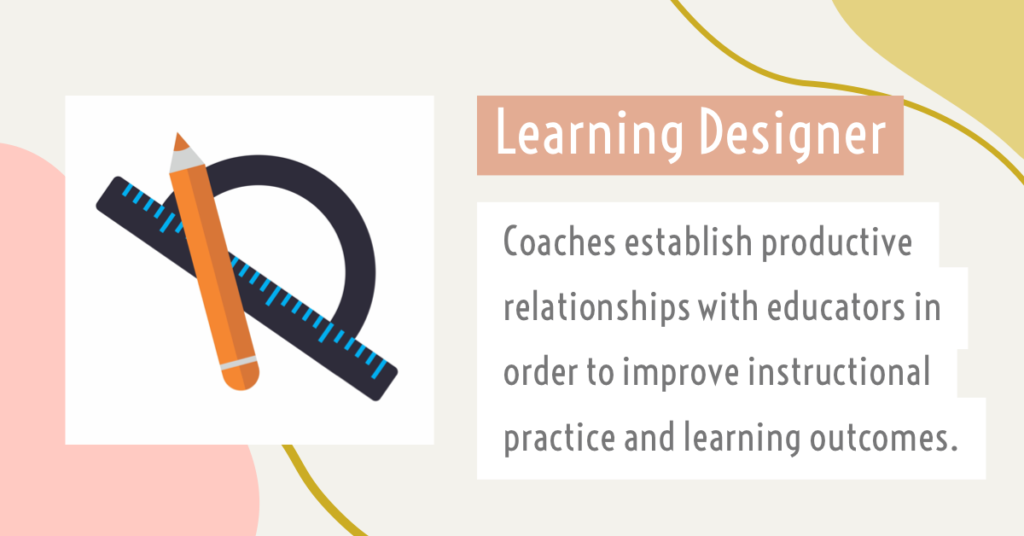4c

As discussed in the previous substandard, Nearpod creates an engaging, individualized digital learning environment for students. Teachers can use Nearpod for both synchronous and asynchronous lessons and tailor lessons to fit individual student’s needs. In my blog post, Redesigning Math Courses for Distance Learning, I discuss how Nearpod can be used as a self-paced, mastery-based approach to learning.
During my graduate course, Covid19 made its debut pushing schools into online learning. Therefore I spent a significant amount of time researching, curating resources, and supporting teachers as they transitioned into remote learning. I observed teacher’s live instruction and brainstormed with them how to increase student engagement. In my blog post, The C’s of Distance Learning, I begin to unpack best practices for creating digital learning environments that accommodate learner variability. In the blog post I discuss:
- types of communication
- how to foster community online
- an overview of digital tools that teachers can use to give students choice in how they demonstrate their learning
- ways to allow students to collaborate and connect digitally
Another way I have helped educators design a more accessible curriculum that accommodates diverse learners is by expanding my understanding of Culturally Responsive Teaching. In my blog post, Culturally Responsive Classrooms: Where to Start, I explain how we can help all learners be successful by mimicking students’ cultural learning styles and tools. One example of a cultural learning style is oral traditions. A lot of cultures, such as African American, Latino, Southeast Asian, and Pacific Islander, have strong oral cultures. Their primary ways of knowledge transfer and meaning-making are based on interacting with the information in a social, active, and oral way (Hammond, 2015). Therefore, we can tap into these cultural learning styles to help our students with diverse backgrounds make meaning of the content in ways that will stick. And the best news is culturally responsive teaching isn’t just for our minorities. Culturally responsive teaching helps all learners succeed. I plan on adding Zaretta Hammond’s book, Culturally Responsive Teaching and the Brain, to my summer reading list as a way to continue my learning journey.
To read more about my work with this standard, you can use the drop-down menu above or the buttons below to navigate to a specific performance indicator.
Works Cited
Hammond, Z. (2015, April 1). 3 Tips to Make Any Lesson More Culturally Responsive. Cult of Pedagogy. https://www.cultofpedagogy.com/culturally-responsive-teaching-strategies/
ISTE Standards for Coaches (n.d.). Retrieved from: https://www.iste.org/standards/for-coaches
